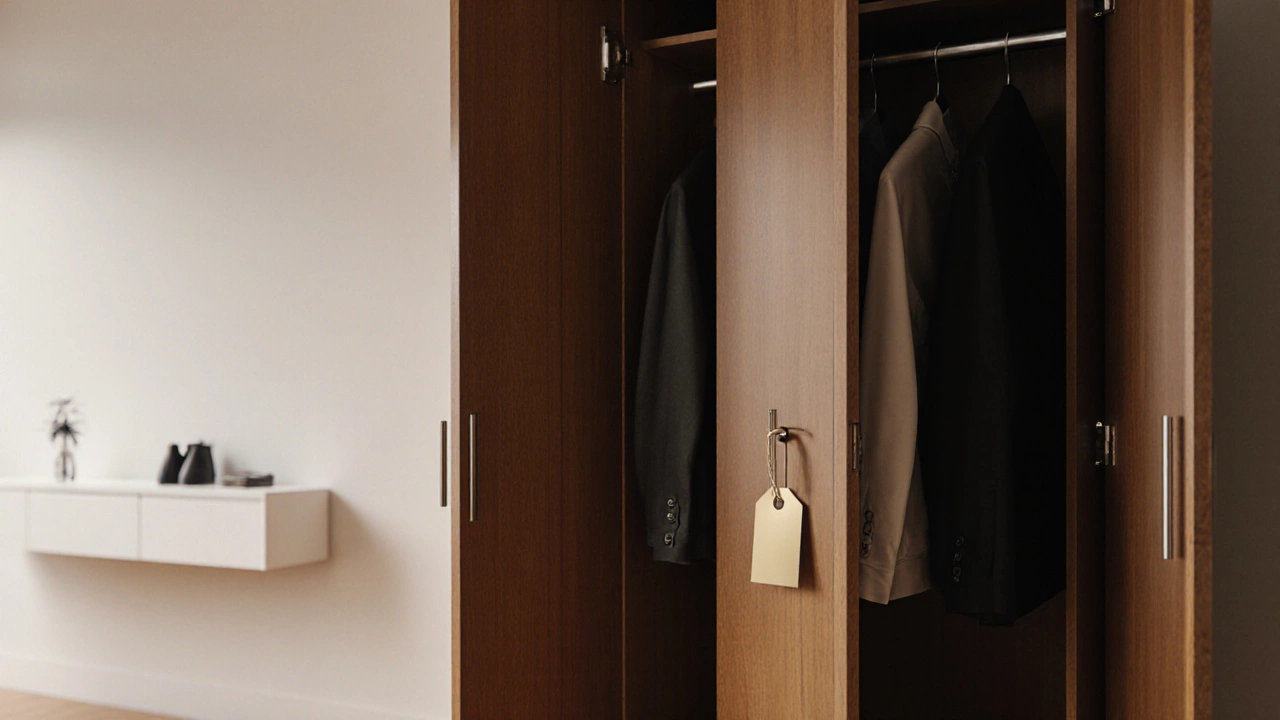
Why Are Wardrobes So Expensive? Uncover the Real Cost Drivers
Discover why wardrobes carry high price tags. Learn how materials, hardware, customization, and logistics affect cost, and get tips to save money without compromising quality.
When planning a wardrobe material cost, the total expense of building or buying a wardrobe, including wood, hardware, and finish. Also known as wardrobe pricing, it depends on material choices, design complexity, and market rates, you quickly realize that material quality and supplier rates are the two biggest drivers. The term material, the type of wood, metal, or composite used for the wardrobe sets the baseline, while cost, the monetary value you pay for those materials and labor adds the variable side of the equation. Understanding how these pieces fit together lets you budget smarter and avoid surprise price spikes.
One of the most common questions is whether solid wood always costs more than engineered alternatives. In practice, solid oak or maple can be 30‑50% pricier than laminated particle board, but they also last decades longer and resist warping under humidity changes. If your school or office needs a wardrobe that endures daily use, the higher upfront spend often pays off in lower replacement cycles. On the flip side, medium‑density fibreboard (MDF) with a durable veneer can give you a sleek look for half the price, as long as you keep the piece away from damp environments.
Beyond raw material, the design of a wardrobe adds hidden costs that many overlook. Complex door mechanisms, such as soft‑close hinges or mirrored panels, require precision hardware that can add £20‑£50 per door. Internal layout matters too: built‑in shelves, hanging rails, and pull‑out drawers increase labor time, which translates directly into a higher bill. When you compare a simple three‑door unit to a custom‑fit, multi‑section wardrobe, the price gap can widen by 40% or more. Knowing which features you truly need helps you trim excess expense without sacrificing functionality.
Location plays a subtle yet real role in material cost. UK manufacturers often source local timber, which reduces transport fees and can keep prices stable even when global wood markets fluctuate. However, if you opt for exotic hardwoods like teak or walnut, you’ll face import duties and longer lead times, pushing the cost upward. This geographic factor also ties into sustainability; buying locally sourced, certified wood can lower cost and boost your eco‑credentials, a win‑win for schools aiming for greener campuses.
Budgeting for a wardrobe isn’t just about the sticker price. It’s wise to factor in installation, potential floor reinforcement, and future maintenance. A sturdy base may require additional screws or brackets, especially for heavier solid‑wood units. Maintenance costs, such as periodic polishing or hardware tightening, are usually modest but should be noted in a total‑cost‑of‑ownership calculation. By adding a 10‑15% buffer for these ancillary expenses, you avoid the common pitfall of under‑budgeting.
When you compare wardrobes to similar storage solutions—like built‑in closets or modular shelving units—the cost dynamics shift. Closets often use the same materials but benefit from built‑in wall support, reducing the need for heavy-duty legs or frames. Modular shelving, on the other hand, typically relies on lighter gauge metal or plastic, making them cheaper but less suitable for heavy clothing storage. Understanding these distinctions helps you decide whether a wardrobe is the right investment for your space or if another storage type meets your needs at a lower price point.
Ultimately, the key to mastering wardrobe material cost is to treat each decision as a trade‑off between durability, aesthetics, and price. Ask yourself: Do I need solid wood for longevity, or will a high‑quality veneer suffice? Which hardware features truly improve daily use? How does my location affect material availability? By answering these questions, you’ll arrive at a clear, realistic budget that aligns with your functional and design goals. Below, you’ll find a curated selection of articles that dig deeper into specific topics— from comparing wood types to timing purchases for the best deals—so you can take the next step with confidence.

Discover why wardrobes carry high price tags. Learn how materials, hardware, customization, and logistics affect cost, and get tips to save money without compromising quality.